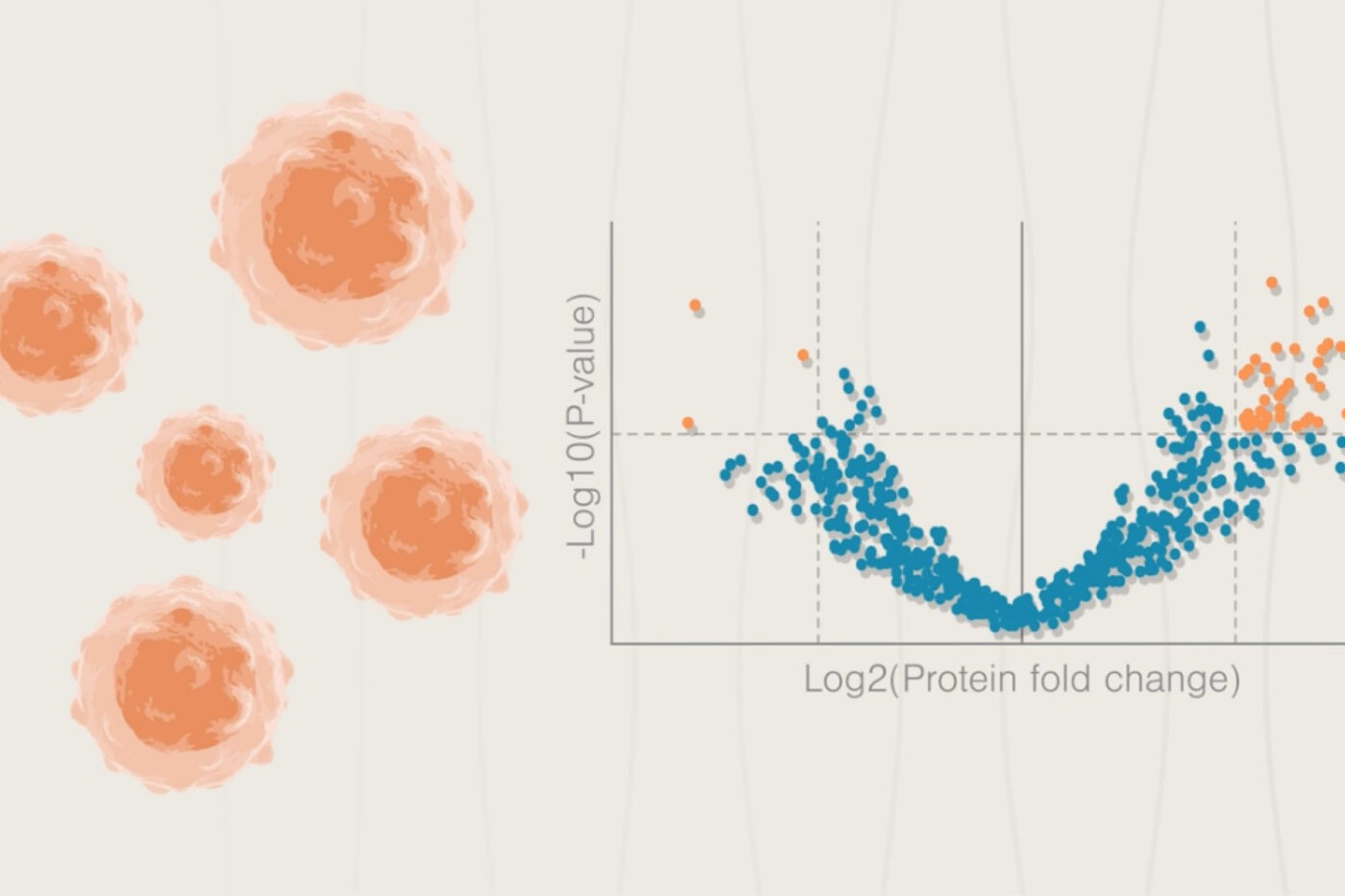
Insights from Iterative Mapping of tau proteoforms – bioRxiv preprint round up
Nautilus Biotechnology
August 5, 2025
Using Iterative Mapping, the Nautilus Proteome Analysis Platform enables researchers to quantify proteoforms with single-molecule resolution. In our recent preprint, we cover the application of this method to the large-scale single-molecule analysis of tau proteoforms. Tau is associated with cognitive decline in Alzheimer’s disease and related dementias, but we do not know which of the many possible functional forms of tau (tau proteoforms) contribute to disease. In our preprint, we share data demonstrating the unparalleled benefits of Iterative Mapping of proteoforms as well as preliminary evidence for the association of certain tau proteoforms with disease severity.
We recently covered the key findings from the preprint in the four blog posts highlighted below. For more details:
- Read our full pre-print.
- Explore the quantitative benefits of Iterative Mapping of proteoforms in our Tech Note.
- Read our App Note discussing tau proteoform analysis.
- Watch our on-demand webinar covering this data.
Iterative Mapping of proteoforms may reveal novel biology and new drug targets
Here, we cover metrics demonstrating the benefits of Iterative Mapping on the Nautilus Proteome Analysis Platform, share why tau proteoforms are great examplars for the power of proteoform analysis, and discuss how knowledge of proteoforms can advance drug and biomarker development.
Iterative Mapping provides in-depth views of proteoform groups
In this blog post, we share how Iterative Mapping of proteoforms enables researchers to achieve proteoform group resolution in a way that is readily scalable and adaptable with additional probes. This level of proteoform resolution provides researchers with unique views of the proteome and actionable information about biology that cannot be obtained with most other technologies. We’ll walk through a theoretical example demonstrating how our technology is different and then provide a sneak peek at data demonstrating the power of our method before diving into additional data in the next two posts in this series.
Proteoforms are not random – evidence for order in the creation of proteoforms
There are many open questions about proteoforms. They are the functional variants of proteins found in biological systems. Yet until now, the tools available to identify and measure them have been limited. Thus, we have minimal understanding of the scope of proteoform complexity in any given biological system. This post covers how we used Iterative Mapping to chart the complexity of the tau proteoform landscape by answering the following questions:
- How many phosphorylations are found on individual tau molecules?
- What combinations of tau phosphorylation are found on tau molecules?
- What mixtures of tau proteoforms are present?
- Is there timing and coordination underlying the creation of tau proteoforms?
Proteoform profiles may differentiate disease phenotypes
In the final post in this series, we dive into evidence suggesting that the specific, multiply modified proteoforms found in biological systems associate with important phenotypes. We further discuss how exploring associations between proteoforms and disease severity may accelerate research and enable the development of new precision medicines.
MORE ARTICLES




